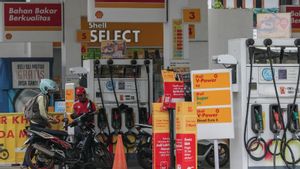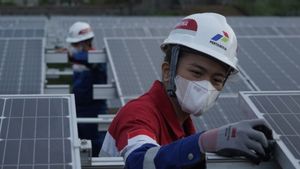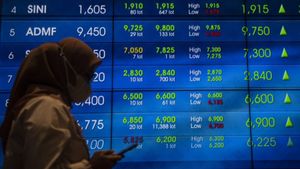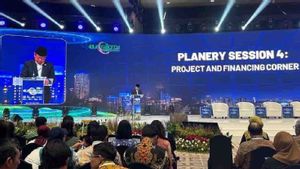JAKARTA - PLN Group continues to develop the use of biomass from various natural materials obtained from local regional potential. This effort is one of the company's initiatives in achieving the net zero emission (NZE) target in 2060, which is to replace some of the coal fuel for existing steam power plants (PLTU).
This seriousness is reflected through 2 (two) Subholdings, namely PT PLN Indonesia Power (IP) and PT PLN Energi Primer Indonesia (EPI) in the 2022 Indonesia National Electricity Day agenda which was held in Jakarta, recently.
President Director of PLN Indonesia Power Edwin Nugraha Putra said that his party continues to accelerate the construction of EBT-based power plants. According to him, PLN IP has managed 1.5 Giga Watt (GW) of EBT-based plants that rely on hydroelectric power plants (PLTA) and Geothermal Power Plants (PLTP).
The EBT capacity from PLN IP will increase to 8.1 GW in 2030 in line with the construction of EBT plants from other resources such as solar power, wind, and sea waves.
"Until 2030, we will continue to increase the construction of EBT plants. If in 2024 the percentage is only 11 percent, in 2030 it will increase to 30 percent of the total power plants that we manage," said Edwin in a written statement received, Saturday, December 3, 2022.
He added, in the short term, PLN Group will maximize the use of biomass co-firing in order to achieve the NZE target by 2060.
Currently, there are 13 PLTUs that have implemented biomass co-firing of a total of 18 PLTUs that have been tested. The PLTU generates electricity of 269GWh from co-firing 276kTon biomass in 2022.
"PLN is committed to reducing the use of coal by utilizing biomass for co-firing. The focus that is currently being pursued is how to improve biomass co-firing for PLTU while strengthening the supply chain," added Edwin.
Meanwhile, the Director of Biomass of PLN EPI Antonius Aris Sudjatmiko, explained that PLN Group has built a sustainable biomass supply chain to meet co-firing needs in the long term. PLN is also assisted by the government to implement quality biomass standards.
"The potential of our biomass is very large and spread throughout Indonesia. Although in some areas it has not been developed optimally. Currently, we have mapped the type to the potential for supply, as well as arranged the process to the PLN generator," he said.
In improving the people's economy through co_firing, PLN has collaborated with 12 local governments to utilize waste biomass.
PLN also collaborated with Perhutani to provide sawdust biomass and synergize with various elements of society to provide biomass of rice husks, wood debris, and palm oil shells.
"Through this program, we not only intend to replace coal with biomass, but also to build a reliable biomass supply chain involving the community. So that in its supply it has an economic impact for the community directly," he concluded.
The English, Chinese, Japanese, Arabic, and French versions are automatically generated by the AI. So there may still be inaccuracies in translating, please always see Indonesian as our main language. (system supported by DigitalSiber.id)













